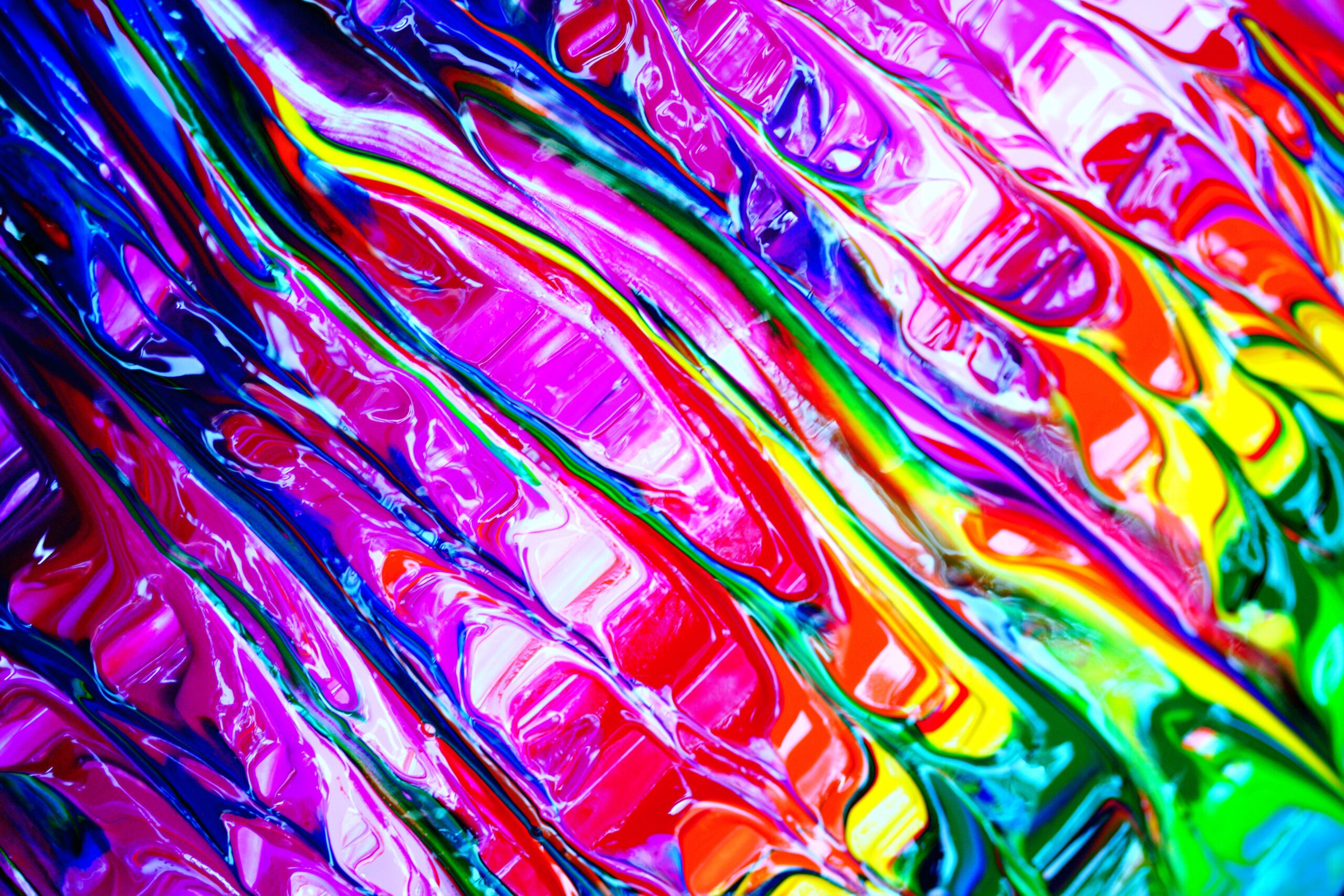- HIGHEST QUALITY SHROOMS & EDIBLES FOR THE LOWEST PRICE | FREE SAME-DAY SHIPPING ON ALL ORDERS OVER $130

Microdosing is the practice of ingesting a psychedelic chemical in much smaller quantities than is typical in an effort to maximize its therapeutic effects. People taking psychedelic drugs, such as LSD (lysergic acid diethylamide) or magic mushrooms, will typically experience altered states of consciousness, visual or aural hallucinations, and a different perspective on things, including being extremely introspective.
Many employees who wish to feel more productive have taken to it, especially in Silicon Valley and other parts of the United States, and it has almost become a trend.
People have reported feeling euphoric, happier, calmer, and occasionally even more talkative when using psychedelics. A therapist participating in a psilocybin depression study will give the patient a particular dosage of the drug during psychedelic therapy sessions so that they can discuss their feelings and jointly explore their views.
This frequently causes psychiatric patients to come to some profound realizations and has been beneficial in helping some people break bad behaviours including taking prescription drugs or opiates, binge drinking, or smoking nicotine dependence. Researchers are increasingly interested in this topic as they try to understand how these medicines might benefit particular patient types, such as individuals with depression who are resistant to treatment.
One can enjoy some of these effects at a milder level and have more control over their thoughts and headspace by microdosing mushrooms or a chemical that has a comparable effect in very little amounts.
Microdosing can be useful as a method to extend mental health therapy sessions over a period of time, fitting in more sessions and doing everything in your power to aid the patient through effective psychotherapy.
In a way, microdosing psychedelic medications enable a patient to enjoy some of the same effects as a typical dosage without having to worry about going through a full-blown trip (a full-dose experience) or experiencing certain common adverse effects.
The ideal psilocybin dosage will vary from person to person. Here are a few of the side effects that are frequently experienced after using LSD, mushrooms, or other hallucinogens in small doses.
Microdosing has the power to clear the microdoser’s mind, allowing them to concentrate on and examine something that has been bothering them, occasionally providing them with new insight on something they may not have previously considered.
Intense emotions of pleasure and relaxation can be produced by psychedelics at higher doses, and light feelings of euphoria are frequently experienced during a microdose as well. Magic mushrooms, LSD, 5-ht2a, MDMA, ayahuasca, and DMT, as well as a microdose of cannabis, are examples of psychedelics that can cause euphoria throughout a session or even throughout the day.
Many supporters of psychedelics who routinely microdose hallucinogens report experiencing sensations of awareness, greater productivity, or even creativity, which enables them to concentrate more intensely on completing an artistic work.
People having a psychedelic experience frequently feel a little introspective, which enables them to examine things more deeply or from various angles. This can be useful in examining the symptoms of depression and how they impact the patient’s life.
Depending on the patient, their level of tolerance to the hallucinogenic substance, and the dosage administered, a microdose will have different effects. A patient should experience at least a few of these effects at the recommended dosage.
A successful microdose doesn’t require much of a psychedelic substance. When it comes to microdosing mushrooms, one will often take small doses, as little as half a gram for shrooms, and at least 50 micrograms for LSD, for a microdose. Sometimes it can be a little more, while sometimes it can be a little less, depending on the person. It can take a little experimenting with low doses to find the right microdose amount for a specific person.
A therapist and patient should collaborate to choose the appropriate first microdose amount while using psychedelic therapy. The patient can always increase the amount slightly if necessary if they don’t feel anything after the first dose.
Psychedelic substances at microdose levels may very well be a useful treatment when it comes to coping with depression, PTSD, and a number of other mental problems, and researchers in clinical studies continually discover new approaches.
Due to its being on the federal government’s list of controlled substances, it is still subject to strict regulation, but one never knows. These treatments might become increasingly available to everyone who wants to try them as circumstances evolve.
Microdosing psilocybin mushrooms appear to have some promise for treating patients, thus the future only seems bright. With the help of excellent psychotherapists, government oversight, and double-blind microdosing trials, researchers will continue to test and record the effects of psilocybin and other psychedelics on patients.
Future studies should help people continue to experience benefits, and eventually, it may become well known that some psychedelics don’t nearly merit the stigma associated with substance use that they do presently.